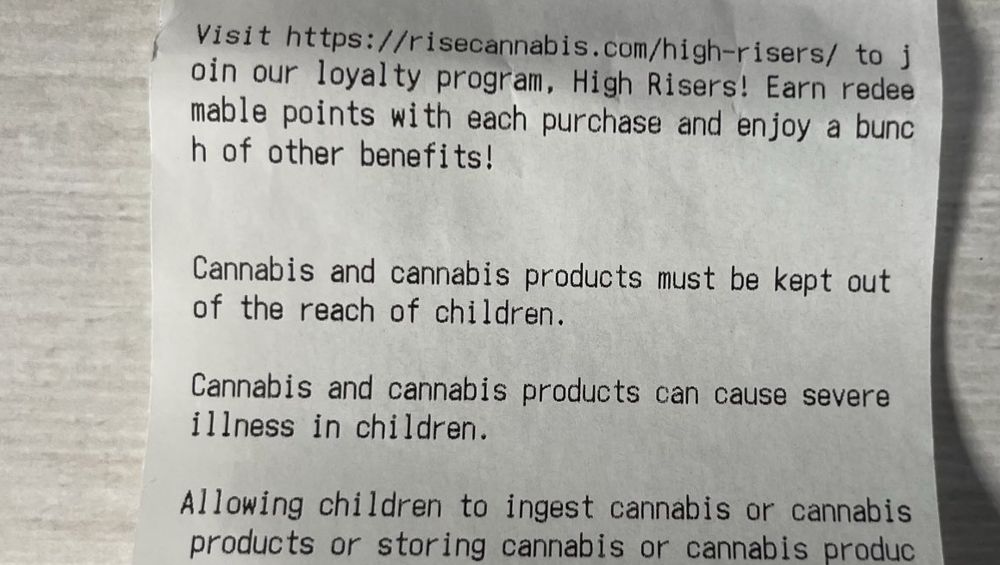Loyalty programs might seem like simple marketing tools on the surface—earn points, redeem rewards, enjoy perks. But the real power behind these programs comes from psychology. Brands in every industry, from cannabis retail to coffee shops, continue to invest heavily in loyalty strategies because they tap directly into how the human brain responds to value, recognition, and routine. Understanding the psychology behind loyalty programs reveals why they work so effectively and why consumers engage with them so willingly.
The Motivation Loop: Reward Drives Behavior
At the core of every loyalty program is a reward mechanism. Humans naturally respond to positive reinforcement, and loyalty points mirror the same behavioral principles used in everything from educational settings to game design. When customers earn points from a purchase—even a small handful—it activates the brain’s reward centers. The instant hit of satisfaction makes the action (buying, visiting, engaging) feel beneficial on multiple levels.
What’s powerful is that the reward doesn’t even need to be immediate. Anticipation plays an equally strong role. Knowing that every transaction moves the customer closer to a free product or VIP benefit keeps them motivated and engaged. That subtle feeling of progress drives repeat behavior and increases the likelihood that shoppers will return.
Progress and the Goal Gradient Effect
Psychologists have long observed a phenomenon called the “goal gradient effect.” It means people speed up their behavior as they get closer to a reward. This is why loyalty programs often take off once a customer earns the first few points or reaches the halfway mark. The sense of “almost there” pushes customers to close the gap.
Some brands even give shoppers a slight head start, such as offering bonus points at signup or awarding an initial tier status. These early wins jump-start engagement by making customers feel like they already have momentum.
Status, Recognition, and Emotional Value
Loyalty programs appeal not only to reward-seeking behavior but also to emotional needs. Consumers want to feel valued by the brands they choose. Tiered programs—Bronze, Silver, Gold, VIP—use social psychology to tap into the desire for recognition and belonging. Climbing tiers gives customers a sense of identity and pride within the brand community.
The exclusivity effect strengthens this bond. When customers feel they’re receiving benefits others don’t—early access, special pricing, or exclusive products—they see themselves as part of something special. This emotional connection often proves stronger than the monetary value of the reward itself.
Habit Formation Through Consistency
Another psychological driver behind loyalty programs is habit formation. When consumers get used to earning points or unlocking perks, their shopping patterns become more consistent. Over time, what started as motivation-driven behavior transitions into routine-driven behavior.
This is why programs offering everyday benefits, such as small point accruals or predictable perks, keep customers coming back. The brain likes consistency, and a loyalty program that reinforces routine becomes part of the customer’s default choice—as natural as choosing the same morning coffee or weekly grocery store.
Reciprocity and Building Trust
One of the most underrated psychological forces in loyalty programs is reciprocity. When brands give something—points, birthday rewards, exclusive prices—customers feel subtly obligated to give something back. Not out of pressure, but through a natural human impulse to reciprocate generosity. This builds trust and strengthens the customer–brand relationship organically.
Why Loyalty Programs Continue to Work
Ultimately, loyalty programs succeed because they align with human behavior. They make shoppers feel rewarded, valued, understood, and connected. Whether customers are chasing points, climbing tiers, or enjoying VIP perks, the psychology behind it all is what keeps them engaged—turning occasional shoppers into lifelong loyalists.

